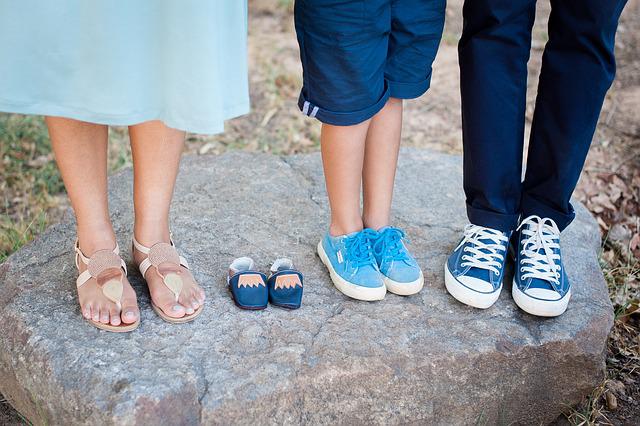How important is the material used in baby clothing? There are already so many things to do and plan when a new baby is on the way or has just arrived. Everything from planning surprise baby showers, to decorating the nursery, to choosing the right name.
It can seem as if you are in a minefield at times when raising a baby with all the conflicting advice being thrown about. There are guides on the right and wrong way to put a baby to bed, constantly changing advice on what food is best, and why you are potty training your infant wrong. Now you need to worry about what materials your baby clothes should be made from.
Yet, there are very good reasons to take careful consideration with choosing baby clothes and the fabrics they incorporate. Pima cotton is one material that is gaining popularity with parents now, but is it a good choice?

Is Pima cotton just another fad when it comes to fabrics?
Manufacturers are continuously experimenting with new ideas, production techniques, and different materials. Sometimes these are necessary due to one material being in short supply, or because of consumer demands.
When the silk industry was dying, a replacement was developed. Rayon was pronounced to be a wonder material that could replicate many other fabrics but at less cost. Now, however, it is known to be one of the most toxic materials on the planet, as far as production processes are concerned that is.
Pima cotton is somewhat different. Unlike rayon, Pima cotton isn’t man-made. Gossypium barbadense or Pima cotton is a totally natural fiber that has been developed from Egyptian cotton. It is nicknamed the cashmere of cotton due to it being luxurious and superior to other blends.
Why is Pima cotton the perfect choice for baby clothing?
Peruvian Pima cotton has indeed become a fashionable choice for baby clothing, but not because it is a fad. Baby clothing suppliers such as Lydababy are turning to Peruvian Pima cotton because it is so soft and strong. It is breathable, hypoallergenic, and perfect for hand-me-downs as it is so durable.
Pima cotton won’t scratch or irritate a sensitive baby and is suitable for sleep time. The reason it has been named the cashmere of cotton is that it is considered to be the finest cotton in the world.
Is Pima cotton a sustainable material?
The history of Pima cotton is colorful and has links as far back as 3100 BC in Peru. It was farmed in the US in the 1790s in South Carolina with the help and influence of Pima Indians. Later on, it was cross-pollinated with the finest Egyptian varieties to make uniquely superior cotton.
One quality that many consumers look for when making purchases today is to see if organic materials or ingredients are used. Organic cotton is a popular choice for clothing for adults and babies so it might be surprising to hear that Pima cotton is not organically farmed.
Today, businesses must be environmentally aware. Manufacturers are comparing the environmental footprint of fabrics and materials they use. Despite not being organic, Pima cotton is still a sustainable material in many ways. It is incredibly durable which makes it ideal for baby and toddler clothing, so it can be handed down rather than thrown away. There is no reason to send Pima cotton baby clothes to the landfill as another parent will be able to make use of them. The firmness, strength, and durability of Pima cotton make up in some ways for the farming process.
What materials should you avoid when choosing baby clothing?
Many materials have been used freely in baby clothing in the past that would be better avoided now.
Baby clothing should be breathable, which is one of the qualities that make Pima cotton popular for this use. Therefore, man-made materials are not always desirable for baby clothing, and they can cause allergic reactions.
- Nylon
- Rayon
- Acrylic
- Spandex
- Polyester
These materials above can all make your baby sweat and can exacerbate or cause allergy symptoms. They aren’t good for the environment either. The processes that take place to manufacture rayon are so bad for the planet that they do not meet the EPA’s standards.
It is important to note, however, that it is often the dyes or chemicals used in the garments that can trigger allergic reactions.
Summary
Pima cotton is being used in clothing for adults and children as well as babies. In a world that has been subjected to fast fashion and manufacturing processes that use toxic chemicals, Pima cotton is a greener choice for parents now.
While it isn’t as green as some other fabrics such as organic cotton, it is vastly more durable and stronger. The long-lasting fibers mean that adult clothing will not need replacing quickly, and baby clothing can be handed down to other mothers and their babies.



